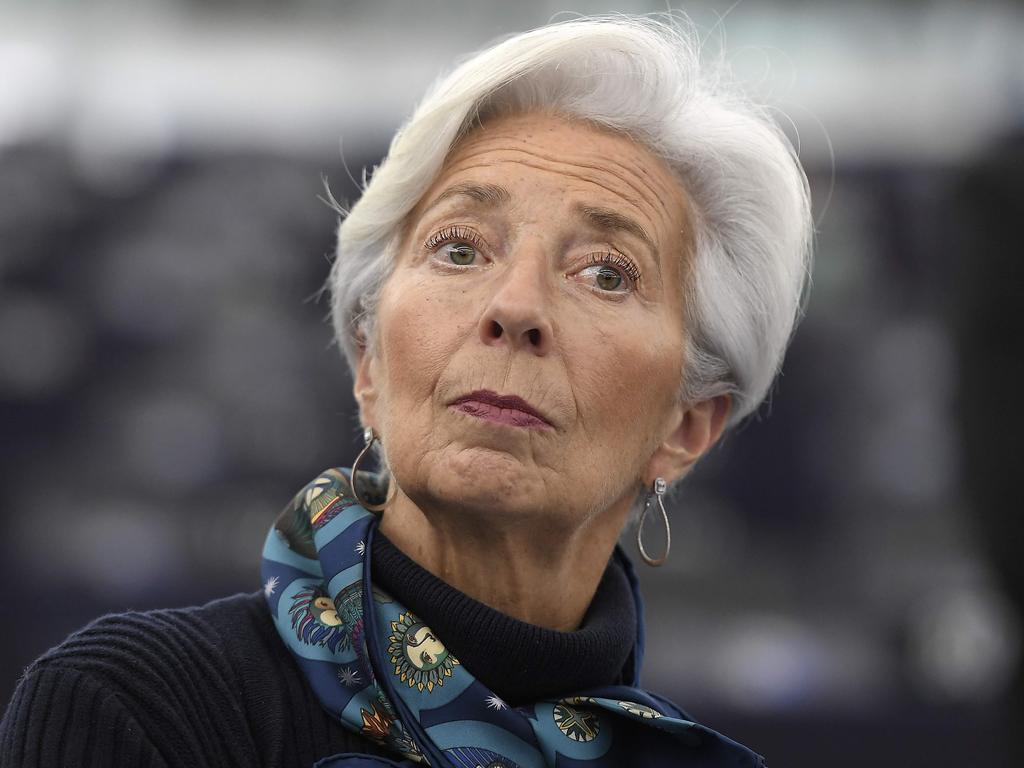Channel 10 newsreader Jennifer Keyte says female ageism is dead in TV land
Some of the nation’s most prominent television presenters are women in their 60s and many say the days of ‘reaching an age limit’ are well and truly over.

The days of female television presenters and hosts having an expiry date are well and truly over, as many women beyond 60 are now gracing our screens.
Some of the nation’s most prominent newsreaders, including Jennifer Keyte — who reads Ten News First’s weeknight Melbourne and Adelaide bulletins — have noticed a “massive change” in recent times of older women being in the hot seat.
“When I started presenting we were seen as the co-anchor, so the man was the credibility and we were the colour,” said Keyte, 61.
In 1990, Keyte became the first solo female prime time news presenter in commercial television for Channel 7 in Melbourne, “and that was a real turning point”.
“But still for the next 10 years in every interview I did they would say, ‘what’s your use-by date, how long do you think you’ve got’,” she said.
“But for the last 20 years I’ve never heard that question, it stopped, there was a transition between women being co-anchors and holding their own.”
Former TV executive Peter Meakin, who is a consulting producer to Ten’s The Project, said the age groups of female TV anchors have significantly changed in recent decades.
“There’s no doubt that television is no longer the province of younger women, and mature women have a well-established place on television,” he said.
“There are now plenty of women who are in their 60s on camera.”
But Meakin admitted that decades ago there was undoubtedly “a bias against older women by male executives”.
“I don’t think that exists to the same degree these days,” he said. “Women are probably still just more harshly compared to older men and I think some of the harsh judgment comes from other women.”

Channel 7’s Brisbane newsreader Sharyn Ghidella, 54, has been working in journalism for 34 years and said times had drastically changed since she started in the industry in the 1980s.
She said back then “there were a lot of older men on TV”.
“When I started in the industry turning 40 or getting older kind of meant death in TV terms, there weren’t a lot of older women on television at all,” she said.
“I don’t think women and men should have a use-by date just based on how they look or what their age is.
“It should be about how you present the news and I think people are much more accepting of older people on television now.”
Nine’s 60 Minutes reporter Liz Hayes, 64, has worked in television for more than 40 years and said for a long time women were “generally perceived as having more ornamental roles”.
“That judgment was a reflection of our society,” she said. “All of that has, and had to, change.”
But she said times had certainly changed and employers had seen the “wisdom” in keeping people — both women and men — who have experience.
“It’s not just age, but being a woman was a real barrier,” Hayes said.
“I think it’s smart of newsrooms across the board to have women and men of age where you bring those smarts you have acquired over the years. It just makes sense.”
Former female SBS presenter Jenny Brockie, 66, hosted Insight for 21 years and left the program last year, a decision of her own making.
But said the media landscape has dramatically progressed despite there remaining a “preoccupation with the appearance of women that doesn’t exist with men to the same degree”.
“I really hope we reach a point where women can truly look 65, 70, 75 on air in the way that men are allowed to,” Brockie said.
“I think a broader range of appearance is allowed for men than for women on television.”








To join the conversation, please log in. Don't have an account? Register
Join the conversation, you are commenting as Logout